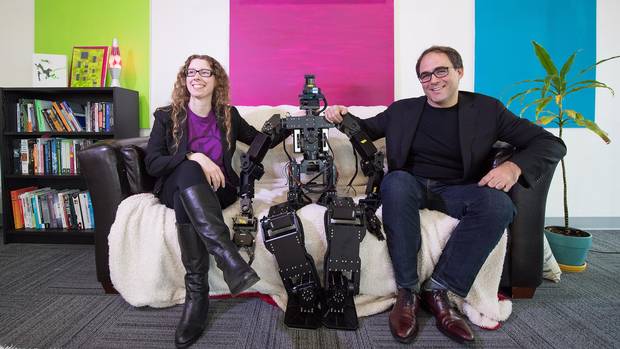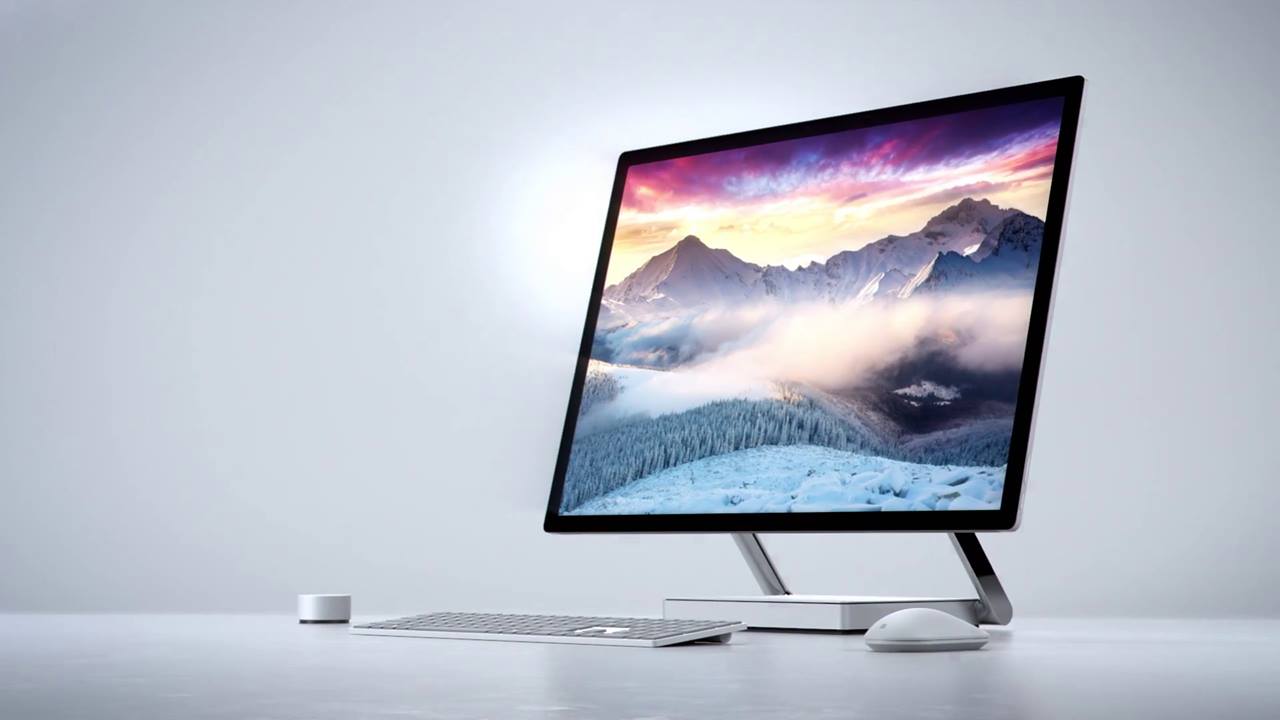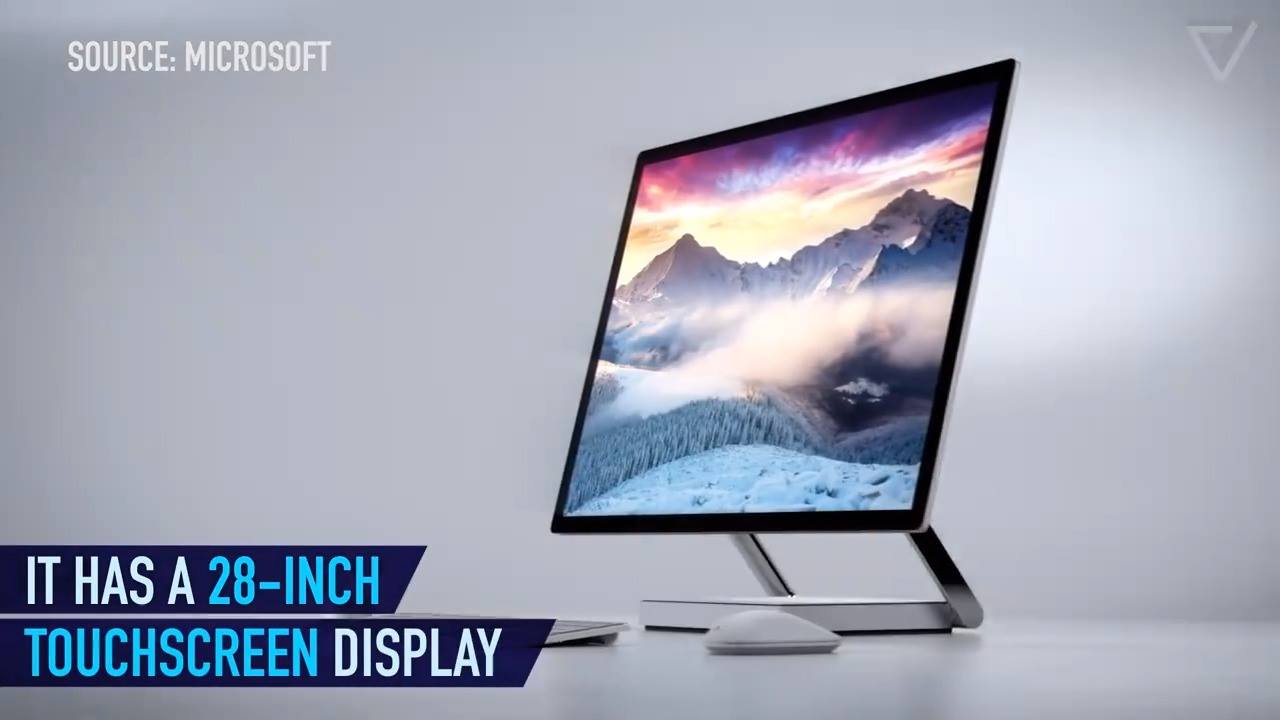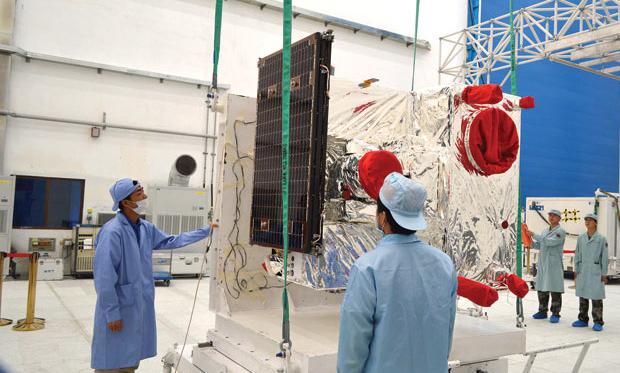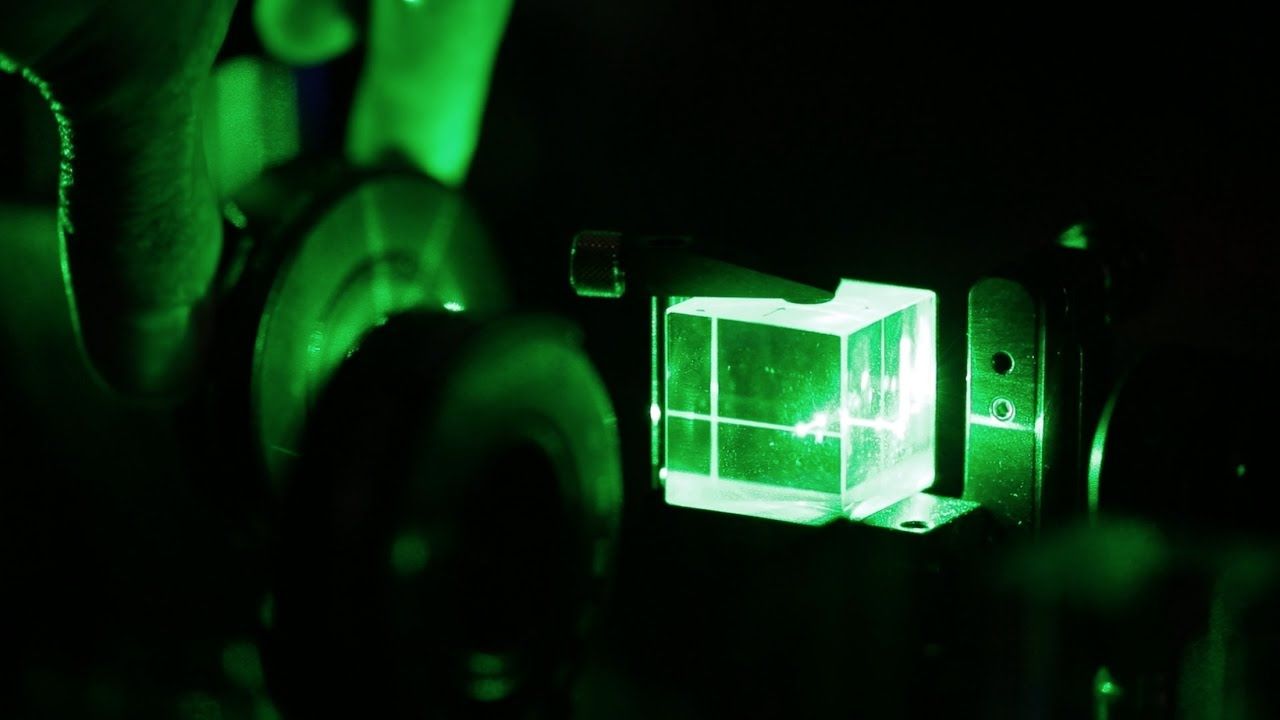Oct 26, 2016
Super-Cool Quantum Research Lab Heads to Space
Posted by Karen Hurst in categories: particle physics, quantum physics, space
Just WOW!
PULLMAN, Wash., Oct. 26 — Washington State University and NASA scientists are set to begin an investigation into the strange world of quantum physics on the International Space Station.
WSU physicists Peter Engels and Maren Mossman are part of a team studying the behavior of atoms laser-cooled to temperatures just a few billionths of a degree above absolute zero, the point where they behave like one wave of discrete particles.
Continue reading “Super-Cool Quantum Research Lab Heads to Space” »


